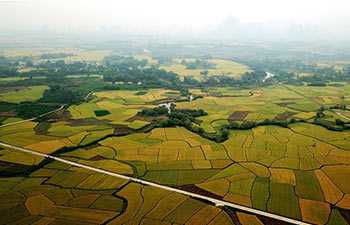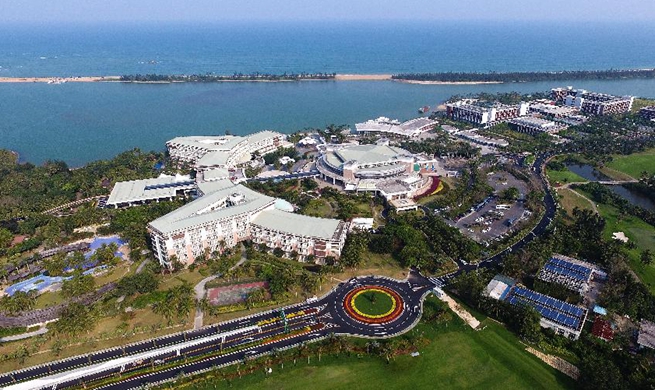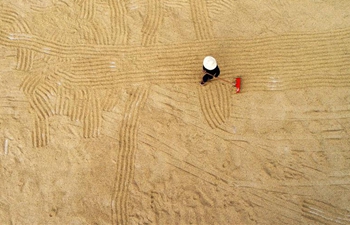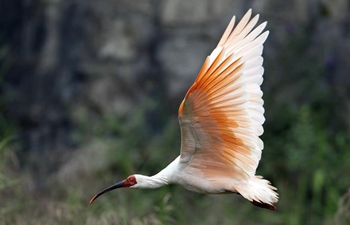CANBERRA, Oct. 17 (Xinhua) -- The Australian Outback is facing "the greatest rate of mammal extinction in the world," experts warned.
Alex Read, policy director of Australia's peak environmental organization advocating for wildlife in Central Australia - the Arid Lands Environment Center (ALEC), said on Wednesday that the Environmental Protection and Biodiversity Conservation (ECBC) Act has "mostly failed in its fundamental purpose."
He said Australia was facing "arguably the greatest rate of mammal extinction in the world."
According to the ECBC list of threatened fauna, Australia has lost 34 mammal species in the last 200 years, more than any other country.
In the Northern Territory (NT) alone between 17 and 20 mammal species have gone extinct in that period.
There are approximately 500 threatened species of fauna across Australia, 101 of which are in the NT.
The International Union for Conservation of Nature (IUCN) 2018 Red List of Threatened Species revealed that 26,000 of species are threatened with extinction and rated Australia as the fourth-worst country in the world for fauna extinctions.
Graeme Gillespie, executive director of the NT Department of Environment and Natural Resources, said in the last decade small to medium-sized mammals in Central Australia faced the sharpest population declines.
"The arid lands of central Australia have the worst record of mammal extinctions since European settlement," he told the Australian Broadcasting Corporation (ABC) on Wednesday.
"It is generally perceived that such declines happened 100 years ago and are no longer an issue. This is not the case."
"Unlike some of the more historic declines... it has been a little bit less clear as to what's actually driving those (declines) and it appears to me the complex interaction of a combination of factors."












